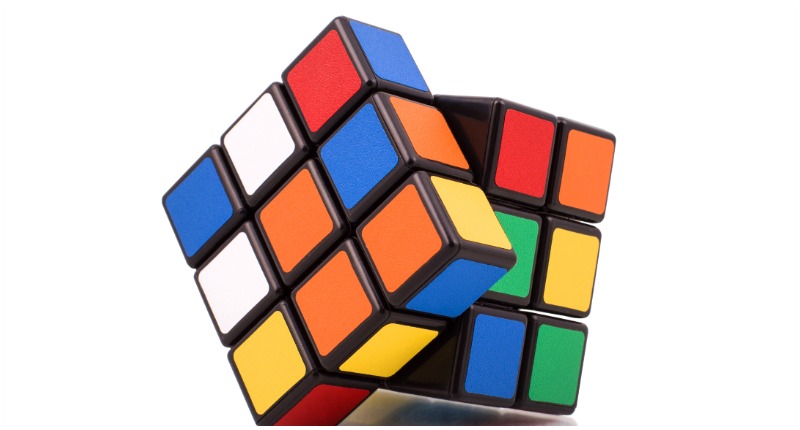The Rubik’s Cube celebrates its 45th birthday this year, and is still popular today. An estimated 350 million of this smart toy have been sold, earning it a position as the world’s top-selling puzzle type game, and possibly the best-selling toy ever.
Rubik’s puzzles now come in different shapes and sizes, but the logic behind them stays the same: To align one side of the cube in the same color and it is extremely difficult.
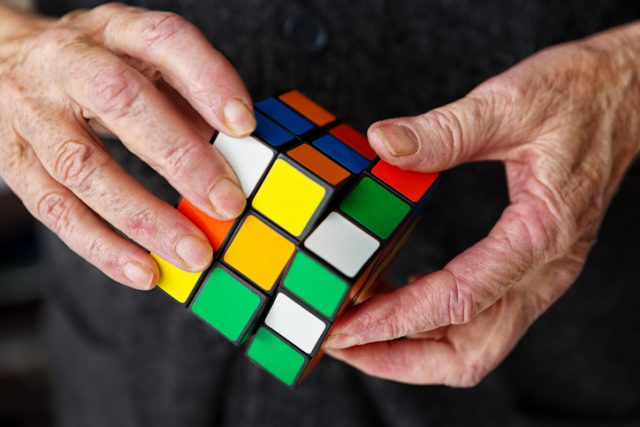
According to the thorough research of mathematicians there is an amazing number of 43 quintillion permutations one can achieve with this toy and finding a right one is extremely hard, especially because one has to think 20 steps ahead, which is not easy for our brains that are used to thinking ahead, but not that much.
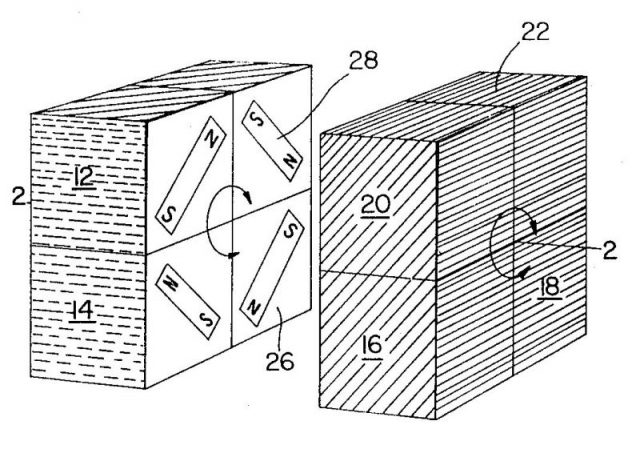
Rubik’s Cube bears the name of its inventor, Hungarian architecture professor Ernő Rubik. He taught at the Budapest School of Commercial Art but is known to the world not for his profession directly, but for his ingenious invention.
He studied both sculpture and architecture, and built geometric models as a hobby. While pursuing his hobby he hit on the idea of making a small puzzle consisting of 27 wooden blocks to teach his students about tridimensional objects.
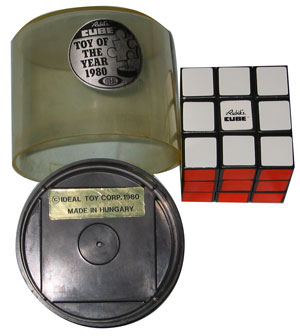
It took Rubik himself a whole month to solve his puzzle for the first time. The cube proved to be perfect for teaching algebraic group theory, so he decided to patent it in 1975.
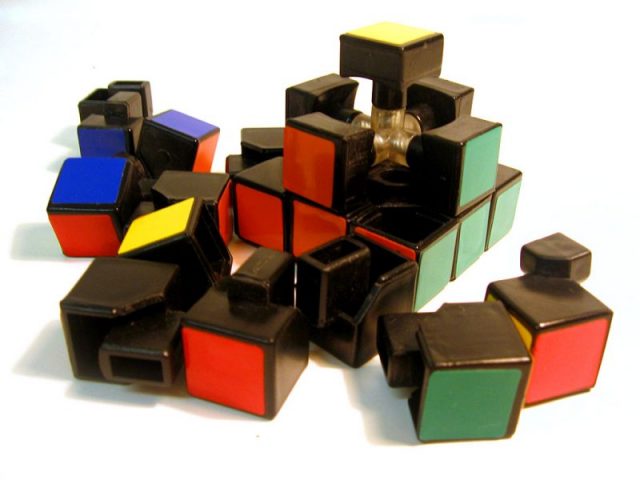
In 1977 the cube started to be manufactured and sold as a toy in Hungary, under the name Magic Cube. After signing a contract with American toy manufacturer Ideal Toys in 1979, the puzzle was rebranded as Rubik’s Cube started to be sold worldwide.
This is when the numbers skyrocketed — in 1980, 4.5 million units were sold and the numbers kept on rising. The Rubik’s Cube craze had started. By 1981 it had won best toy awards in Germany, France, the U.K and the U.S., and books on how to solve Rubik’s Cube flooded the market.
Soon there were pirated versions all over the place and its distribution was impossible to control.
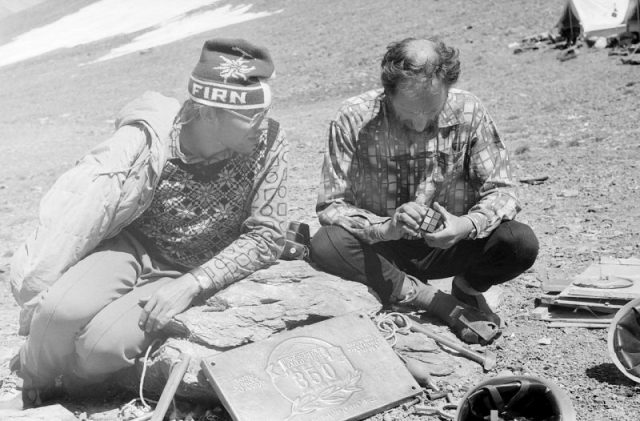
Even with a plethora of YouTube tutorials and other online guides teaching us how to solve the cube available to us today, people still struggle obsessively to crack the mystery. And the feeling is amazing, according to those who have succeeded.
There is even talk about Rubik’s Cube addiction being a real thing.

For some, completing Rubik’s Cube has become a lifetime devotion. Graham Parker from Hampshire, England took 26 years to solve it, refusing to “cheat” by looking for the answer online or in a book. Parker told the BBC that he’d spent more than 27,400 hours puzzling over the cube since he bought it in 1983: “He wept when he completed it. It had caused him backache and put a strain on his marriage, he admitted.”
For many dedicated fans, once was not enough. They complete Rubik’s Cube time and time again to improve their speed, or add an extra dimension to the challenge such as being blindfold.
The 1980s were the years when Rubik’s Cube ruled the world; there were legends about fans so invested in solving the mystery that their marriages were divorced. One fan allegedly developed tendinitis in her wrists from compulsively repeating the rotating motion used to solve the cube.
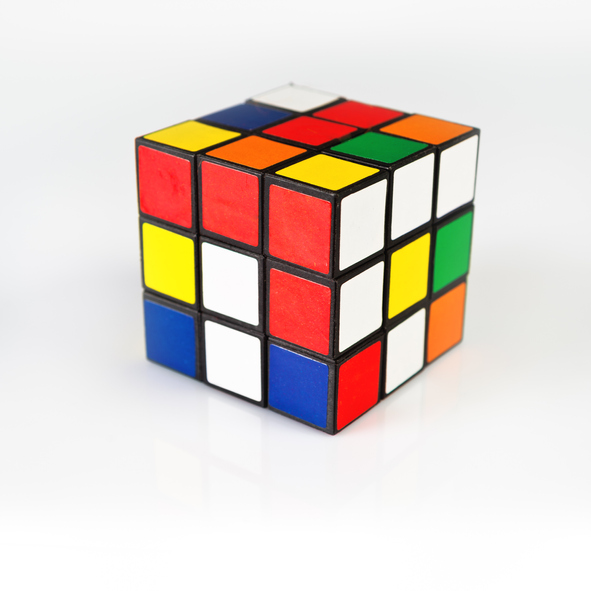
There still are records to be broken and championships that are held for people to compete who is the fastest in coming to the solution.
The competitions are diverse, some are done blindfolded, under the water, only with feet etc. However, the popularity started to decrease from 1982 onward, and in the 90s it seemed that the cube was partly forgotten, except among the diehard fans.
However, with the boom of internet and the amount of people that now use it, the Rubik’s cube is regaining its popularity.
Popularity of the toy spiked in 2006 and 2007 following the release of The Pursuit in Happyness in which Chris Gardner (Will Smith) impresses a manager of a major stock brokerage firm by solving the cube during a shared taxi ride, landing himself a life-changing internship. It seems that the mysterious puzzle is here with us to stay.
